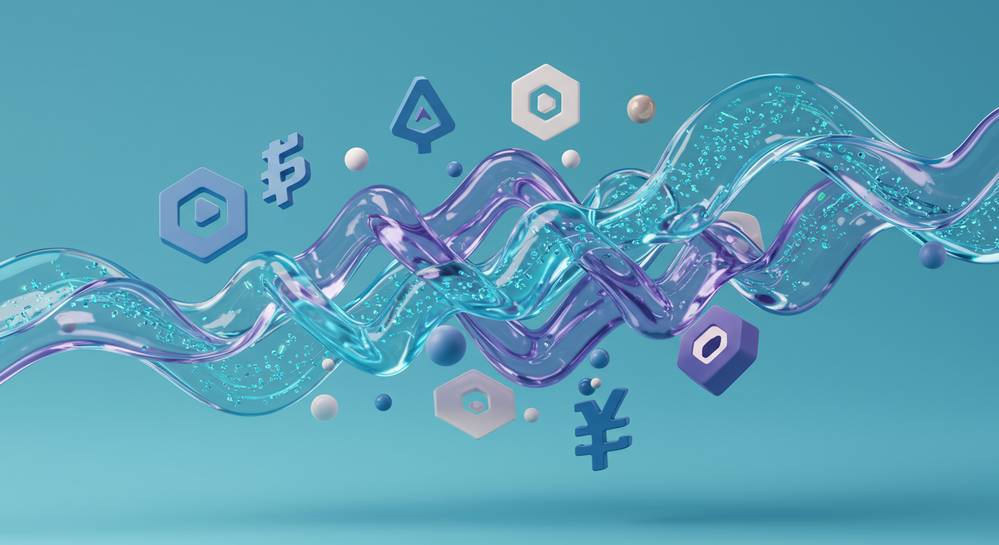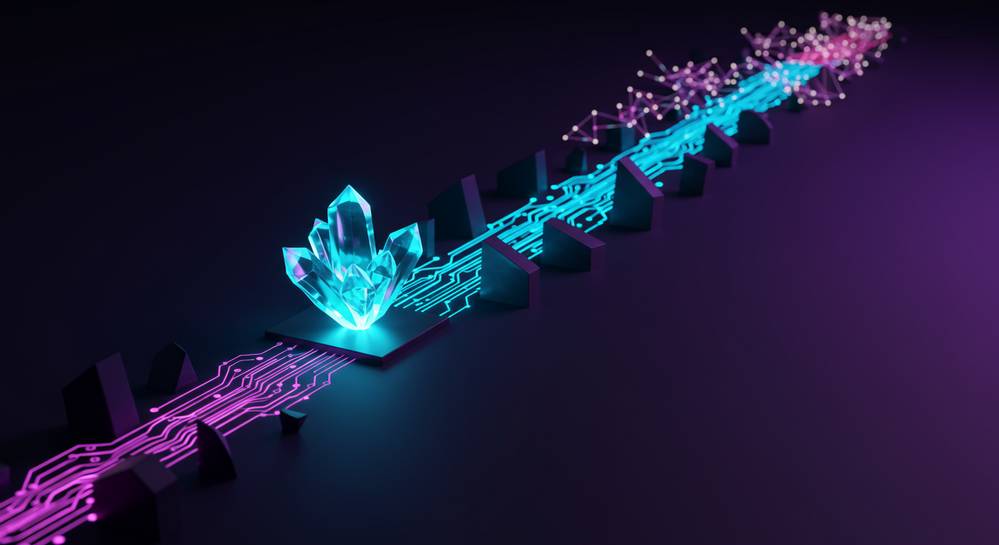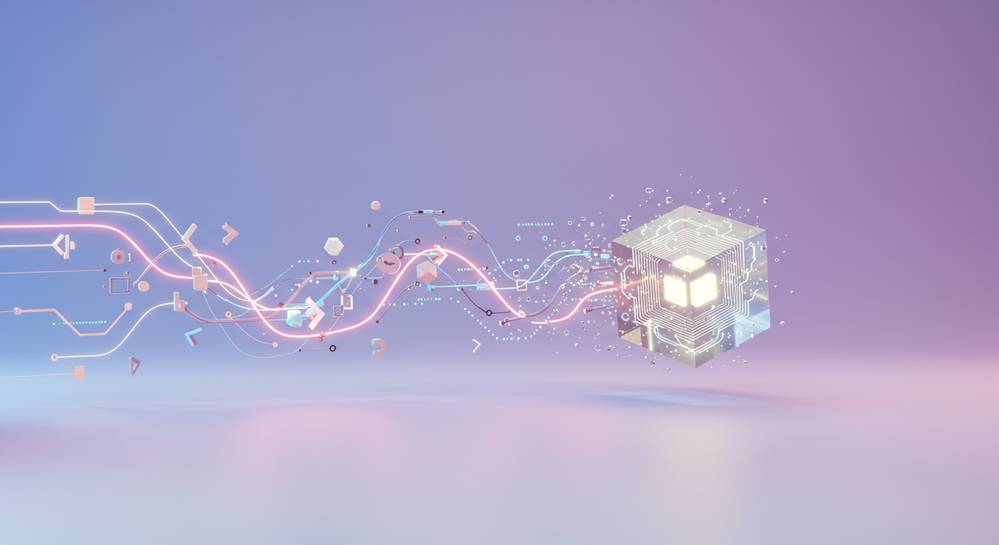Web3 Demystified: Navigating the Future of the Internet
Imagine a world where you call the shots online, not some big company. That’s the promise of Web3. Understanding the concept of Web3 is like getting a VIP pass to the next big show – the future internet. It’s built on trust, everyone gets a say, and no single boss is in charge. We’ll explore how, with every click, we’re writing new rules for our digital lives. Dive in as we break this down and see how it changes everything from apps to owning cool digital stuff. Get ready to take control and shape what comes next.
Understanding the Pillars of Web3
The Role of Blockchain Technology
What is blockchain, and why is it key in Web3? Blockchain is a record-keeping tech. It’s books that no single person controls. This is huge for Web3. Here’s how it works. All info gets copied across many computers. This stops cheating because everyone can check the books.
Now let’s talk Web3 into play. It’s like a new version of the net. With blockchain, folks say bye to big bosses on the internet. You know, those who keep all data in one place. That’s not Web3’s way. Here, power comes from the crowd, not a CEO in a shiny office.
Think about your online chats or photos. In Web2, companies own them. In Web3, you do, thanks to blockchain. It makes sure you’re the boss of your stuff. And your transactions are safe too! No one can mess with them since blockchain is super secure.
Distributed Ledger and Decentralization
Now, what’s a distributed ledger? Picture a ledger as a notebook. One where you keep scores or track stuff. Usually, one person holds this book. But what if we could all have it? That’s a distributed ledger. It means copies are spread out for all to see and use.
Decentralization is a big word, I know. But it’s not that tough. Imagine a school with no principal, where students and teachers make rules. Here, no one person calls the shots. That’s what Web3 does with the internet.
This split-up control changes everything. It gives people like you and me more say over our online lives. Web3 means more freedom. You get to decide who gets your info. Plus, it’s harder for hackers to strike when data is scattered around.
In the end, Web3 is pretty amazing. It promises a net where we all get a fair shake. And yes, getting there is no small task. We’ve got to build this new world bit by bit. But remember, it’s all for a net that’s of the people, by the people, for the people. And that, my friends, is really worth the effort.
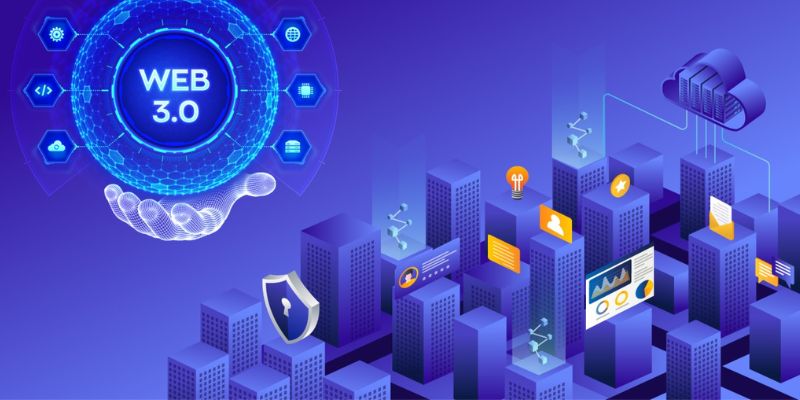
The Heart of Web3: Key Technologies and Concepts
Smart Contracts and Their Fundamentals
Imagine a machine at the fair. You put in a coin, and it gives you a snack. This happens with no person to check your money or hand out snacks. Smart contracts on the blockchain work like this. They are lines of code that do actions when certain conditions are met.
These contracts live on blockchain technology. That means they work on a vast network of computers, not just one. They help with trading, lending, or buying without the need for a middle person like a bank or a lawyer.
Smart contracts power many web3 features. They play a big role in things like playing games where you own your in-game stuff, art you can truly call your own, and even places where you lend money and earn interest without a bank.
Peer-to-Peer Architectures Empowering Users
Let’s talk about how we connect on the web. Right now, most of us use services that belong to big companies to talk, share, or play. But in web3, it’s like creating a treehouse club with your friends. Your club doesn’t belong to just one friend; everyone owns a part of it.
This is what we call a peer-to-peer architecture. It’s a way for everyone to connect directly to each other. No bosses of the internet telling us what to do or taking our data. Each person has control over their own piece of the web. Users have more say and that’s powerful.
It’s like when gamers connect their computers to play without using a gaming site. They just need the game and a way to link up directly. Web3 is building a bigger, better version of this where all kinds of stuff, not just games, can work this way.
These ideas—smart contracts and peer-to-peer networks—are big gears in the web3 machine. They make sure everyone can play fair and trust each other without a referee. And that’s just the start. It’s an exciting time as we all find out what web3 will do next!
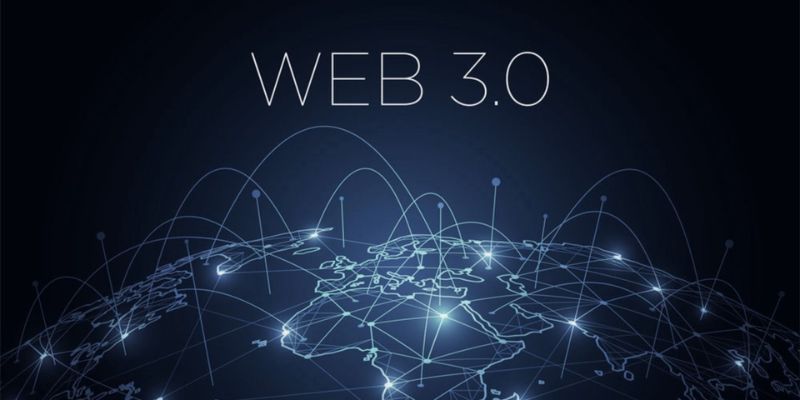
Web3 in Action: Use Cases and Applications
Decentralized Applications (DApps) and Platforms
Web3 is not your old web. It’s full of apps that spread out data. These apps are called Decentralized Applications, or DApps. They run on a blockchain, which is like a chain of digital blocks. Each block holds a bunch of info. This info is public for all to see. But no one owns it. It’s everyone’s and no one’s at the same time.
DApps bring power to the users. They cut out the middle man. Think of it like a game with no coach. Players call the shots. That’s DApps for you. They let you share pictures, send messages, and even make deals. All this, without a big company looking over your shoulder. DApps use something called smart contracts. They are rules written in code. When you follow the rules, the contract runs on its own. It’s like vending machines. You put in money, select your snack, and bam — you get your treat.
Digital Ownership and NFTs in the New Internet
Now, let’s talk about owning stuff online. Have you heard of NFTs or non-fungible tokens? They’re like collectible cards. Each one is different. They prove you own a digital thing, like art. You can show it off, sell it, or keep it. It’s yours, fair and square.
With NFTs, we know who made something and who it belongs to. This is smart for artists. They make something one time. Then they can sell it as an NFT. They can also get money each time it’s sold again. That’s fair, right? People should get paid for their hard work.
Web3’s way of handling ownership is big news. It uses blockchain to keep everything straight. This means, when you buy an NFT, it’s like getting a key. A key that only you have. This key proves you own that one-of-a-kind digital art piece. Or a song. Or a video. It’s a new kind of owning things. And it’s just at the start.
So, that’s the lowdown on DApps and NFTs. They are the heart of Web3. This is just the start. The future is bright for this new Internet. It gives control back to people. And we’re just scratching the surface. There’s so much more to learn and explore. What will you own? What DApps will you use? Welcome to Web3 — it’s your turn to take the wheel.

The Future Shaped by Web3
The Promise and Challenges of Decentralized Finance (DeFi)
Web3 is the new stage of our internet. We now have a say in our online world. With DeFi, we move away from big banks. We control our own money. It’s like having a bank in our pocket. In DeFi, we swap, lend, and borrow money fast. We don’t wait in line. We don’t sign piles of paper. Our money moves on blockchain paths. Picture a global web of money, no middlemen, just quick deals between people.
But DeFi isn’t all smooth. Smart folks work hard to solve puzzles. How do we keep it safe? How can folks learn this new money dance? It’s not easy yet. We tackle these big brain teasers, so everyone can join the DeFi club.
Web3 Accessibility Issues and the Path Forward
The truth? Web3 isn’t simple for all to use. Yet. It’s a maze sometimes. Hard to find the way. Imagine trying to use email without easy buttons. It’s like that. But we’re on it. Smart brains are making tools for better Web3 use. They want you to join in without a frown.
What’s in store? Think of Web3 as your digital Lego set. You build your online space. It’s yours, really yours. And guess what? Not only can you play in it, but you can also invite friends over. You show them around your digital art gallery. Or your game world.
We’re making Web3 a welcoming place. We’re knitting a net where everyone can surf. Where everyone has a slice of the digital pie. It means teaching, sharing, and building ramps where there are steps.
We see it now: a web where you hold the keys. And it’s bright. We’re not just users anymore. We’re web builders, too.
We just took a deep dive into the world of Web3, from its core parts like blockchain, to exciting new apps that change how we own things online. We learned how smart contracts work and the power of sharing with others on equal terms. We saw real examples of Web3 helping people every day, through apps that no one controls alone and digital items you can truly call your own.
Thinking ahead, Web3 has huge promise for managing our money without banks in the way but isn’t quite simple for everyone to use yet. We’ve got to tackle these rough spots so everyone can join in. It’s a big shift that’s already starting, and we’re all a part of it. Stay curious and keep learning, because Web3 is reshaping our digital world right before our eyes, and you won’t want to miss out!
Q&A :
What is Web3 and how does it differ from the current internet?
Web3 represents the evolution of the internet, often referred to as the decentralized web. It’s a concept where services and platforms operate on blockchain technology and are not controlled by a single entity, unlike today’s web (Web2), which is dominated by large corporations. Web3 emphasizes user privacy, data ownership, and peer-to-peer interactions.
How will Web3 change user experiences on the internet?
Web3 is poised to revolutionize user experiences by offering greater control over personal data and creating opportunities for direct compensation for content creation and sharing. This shift relies on blockchain technology, which enables transparent, secure, and decentralized applications, potentially leading to a more equitable and user-centric online environment.
What technologies are key to the functioning of Web3?
Three core technologies are pivotal to Web3: blockchain, which provides a secure and decentralized ledger; smart contracts, allowing for automated, trustless transactions; and cryptocurrencies or tokens, which facilitate value exchange within the Web3 ecosystem. Together, these technologies form the backbone of a decentralized internet.
Are there any potential drawbacks to Web3?
While Web3 promises many advancements, there are potential drawbacks, such as scalability issues, energy consumption concerns related to blockchain technology, the learning curve for new users, and regulatory challenges. Moreover, the shift toward decentralization may lead to issues with content moderation and the spread of misinformation.
How can individuals prepare for the transition to Web3?
Individuals can prepare for Web3 by educating themselves on blockchain technology and cryptocurrencies, and by starting to use decentralized applications (dApps) to get familiar with the mechanics of the decentralized web. Additionally, staying updated on the latest developments in the space and actively participating in the Web3 community can provide insights and opportunities in this emerging landscape.

